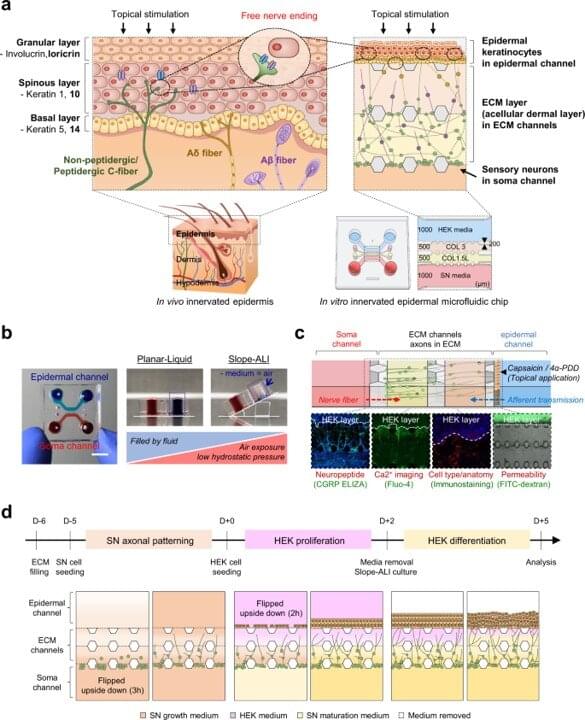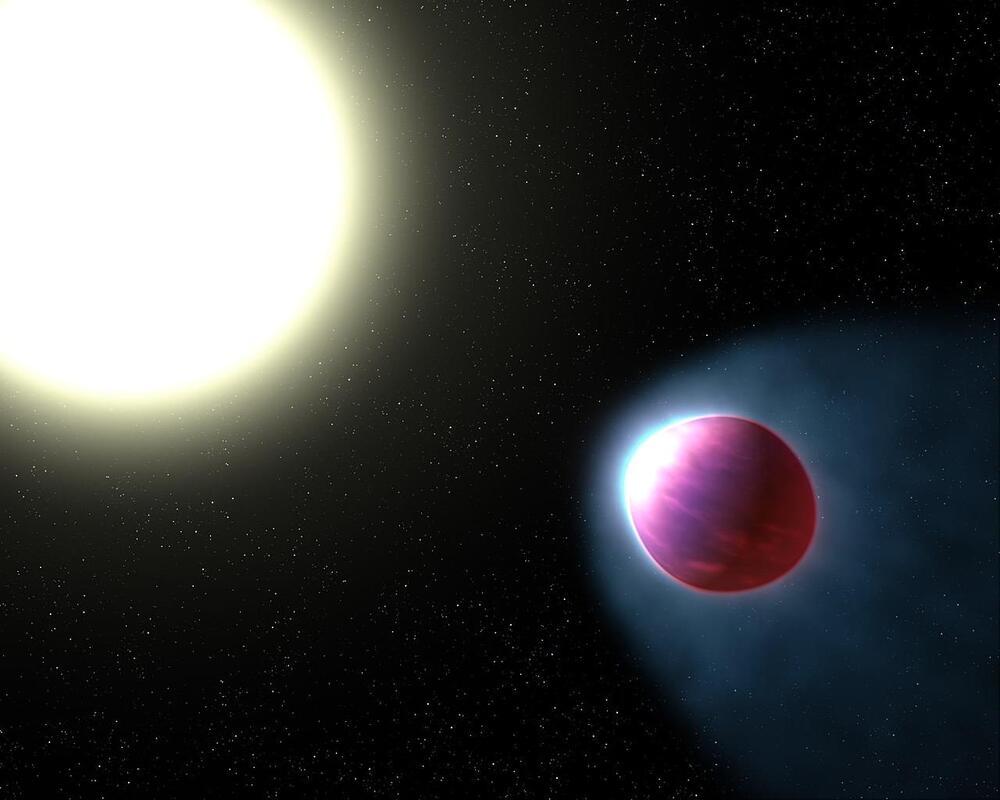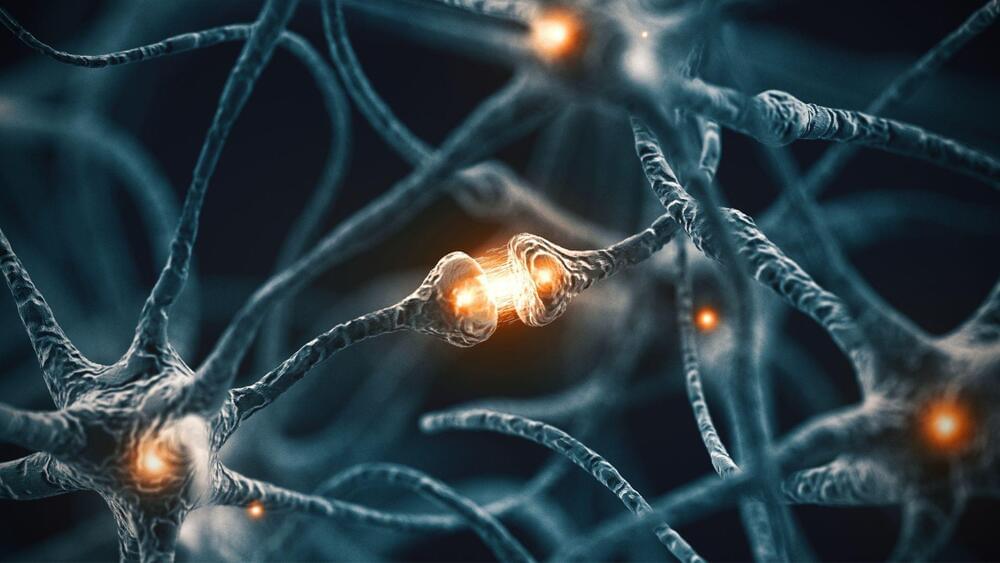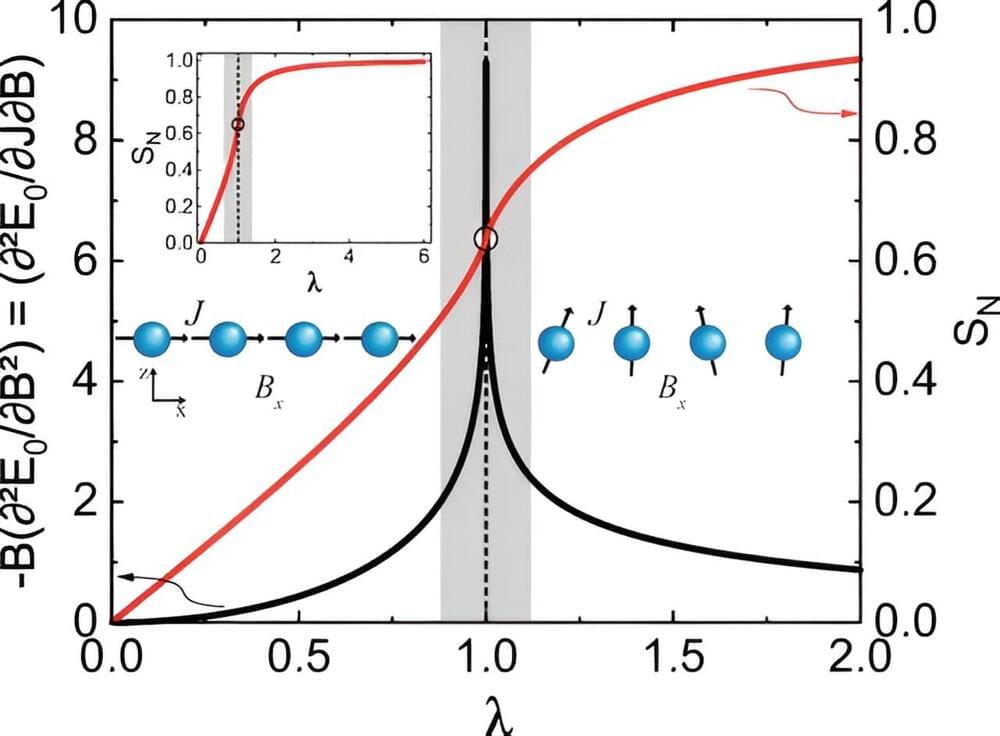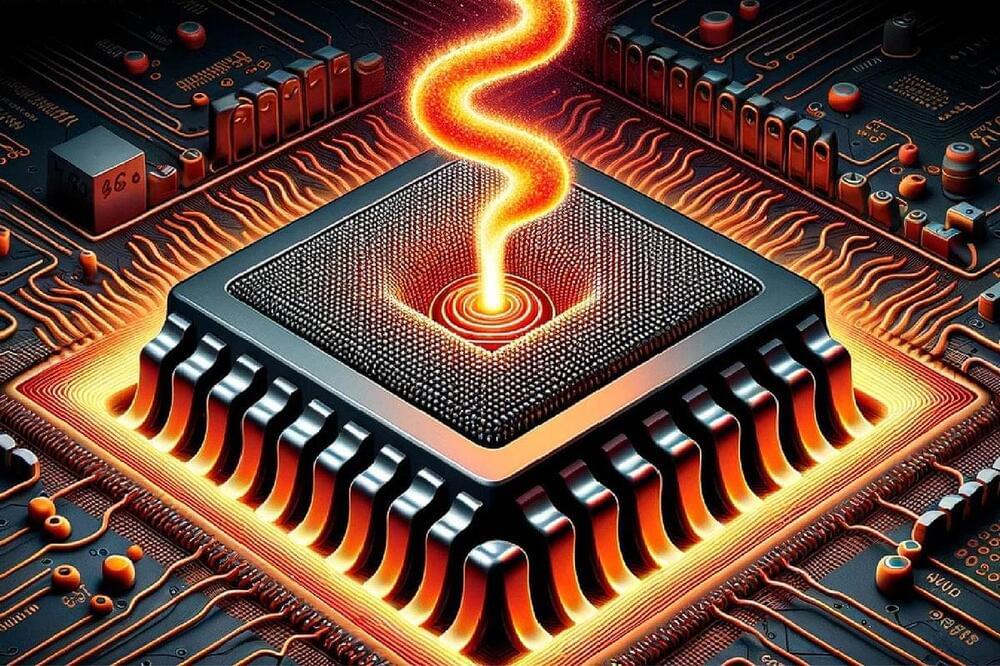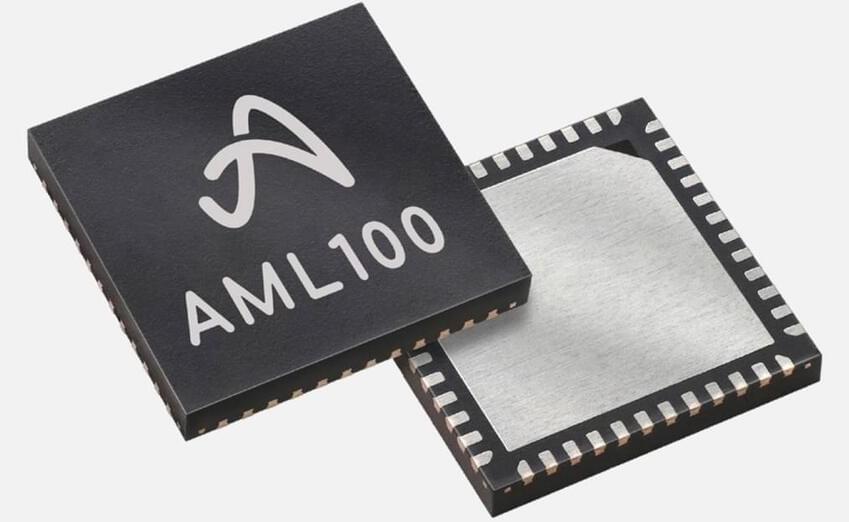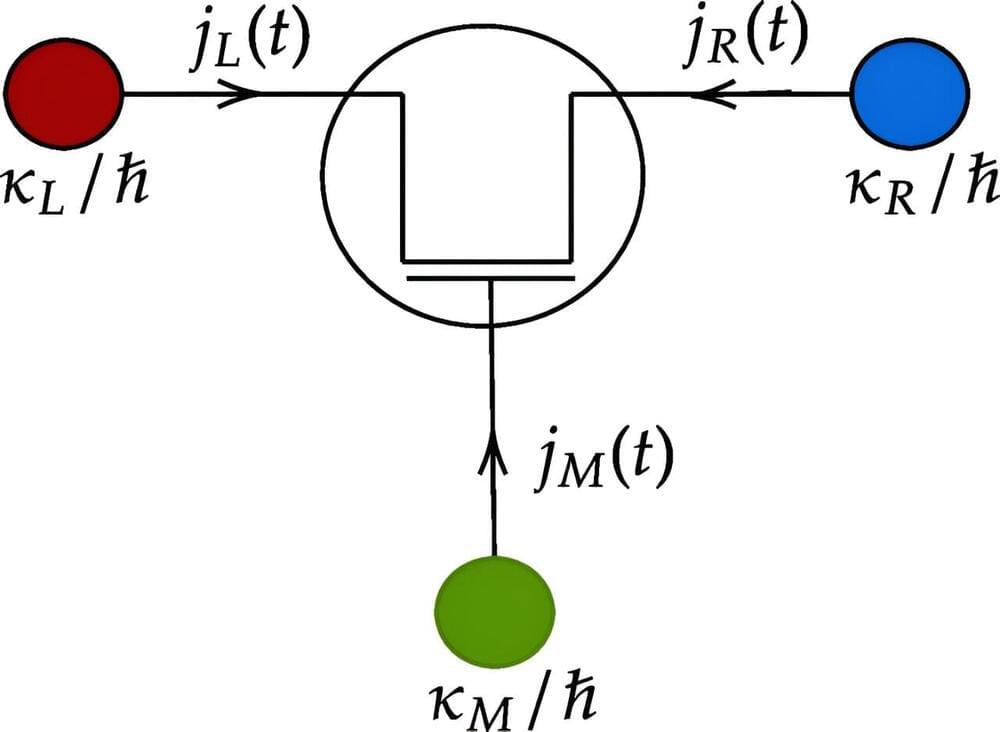Jan 4, 2024
10x Stronger Than Kevlar: Amorphous Silicon Carbide Could Revolutionize Material Science
Posted by Jose Ruben Rodriguez Fuentes in categories: computing, science
A material that doesn’t just rival the strength of diamonds and graphene, but boasts a yield strength 10 times greater than Kevlar, renowned for its use in bulletproof vests.
Researchers at Delft University of Technology, led by assistant professor Richard Norte, have unveiled a remarkable new material with the potential to impact the world of material science: amorphous silicon carbide (a-SiC).
Beyond its exceptional strength, this material demonstrates mechanical properties crucial for vibration isolation on a microchip. Amorphous silicon carbide is therefore particularly suitable for making ultra-sensitive microchip sensors.
